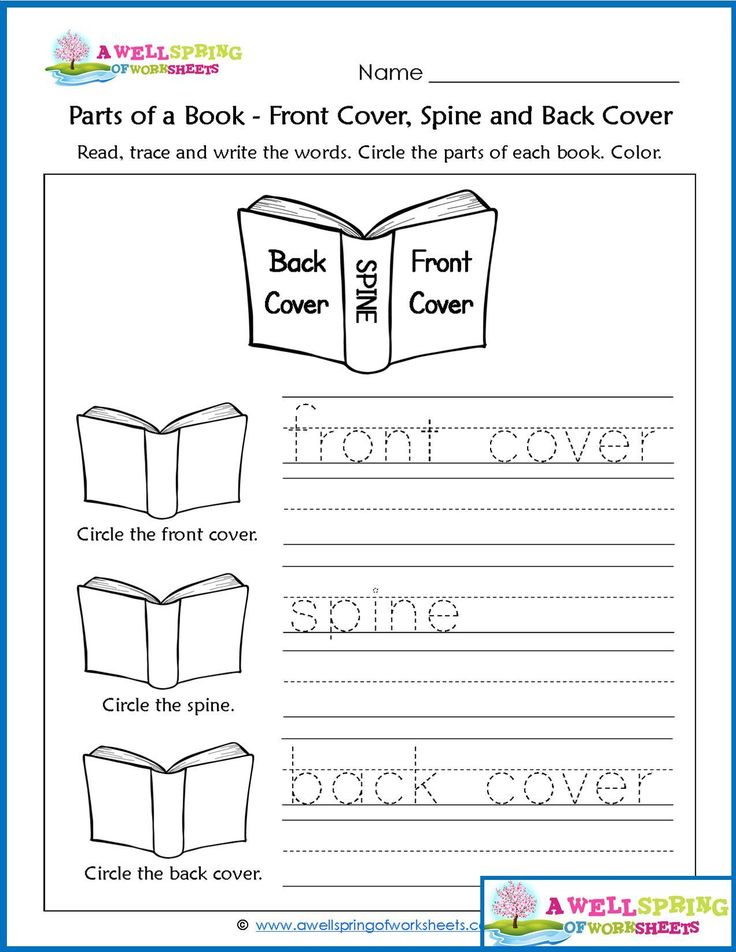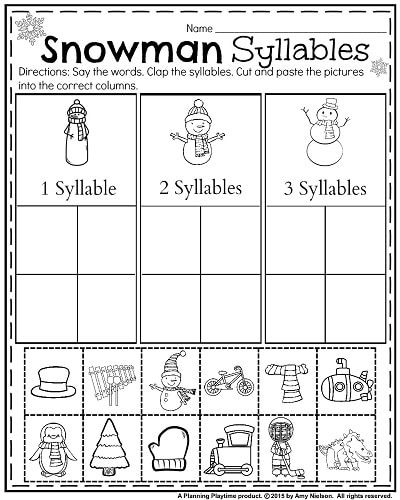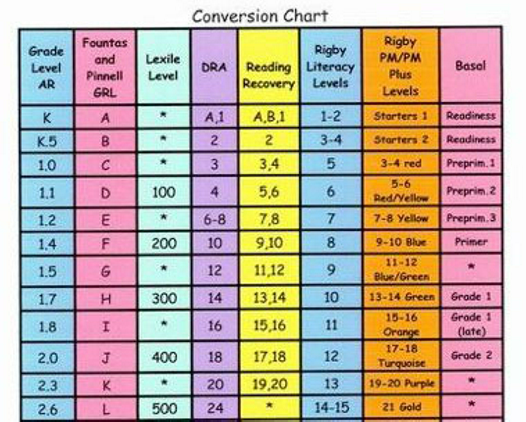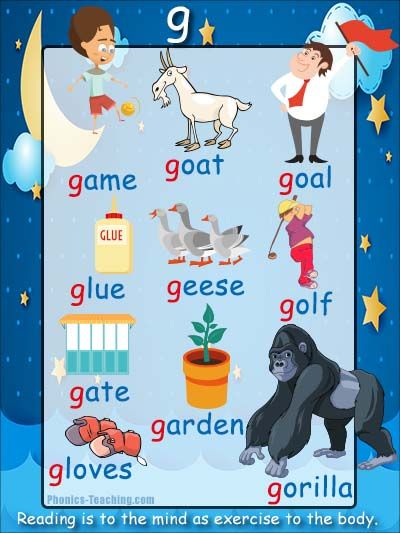Parts of a book activities
Parts of a Book Poster & Worksheet (Free Printables)
4102 shares
- Share
- Tweet
Book awareness and concepts of print are pre-reading skills that kids need to learn before they can learn how to read. Use these Parts of a Book Poster & Worksheet to help your pre-readers learn about books.
What You'll Find On This Page
Parts of a Book Poster & Worksheet:
Many kids learn the parts of a book naturally and automatically when you read aloud to them. They watch how you hold and handle it, read the title, and open the front cover.
It’s important for kids to also learn the names of the parts and what they do like the author writes the story and the illustrator draws the pictures.
What Are Concepts Of Print?
A child who has knows the concepts of print will have a basic understanding of how books and print work.
Concepts of Print can be broken down into two parts- book awareness and print awareness.
Getting Ready To Use The Parts of a Book Poster & Worksheet:
What’s Included:
- Parts of a Book Poster
- Parts of a Book Cut & Paste Worksheet
What Else Is Needed:
- White Card Stock or Copy Paper
- Scissors
- Stick Glue
- Crayons
- Laminator and Laminating Pouches (optional)
To prepare this resource, click on the button below and fill out the form. Then, download and print the poster that you need.
The poster is in both color and black and white, so you can decide if you want to use the colored one or have your kids color the black and white poster.
I like to print my resources on white card stock, because it is more durable. But, you can use copy paper too.
If you are going to hang the poster on a wall or bulletin board for your kids to reference, I would recommend laminating it. Next, print the worksheet and make one copy for every child.
Next, print the worksheet and make one copy for every child.
How To Use The Parts of a Book Poster & Worksheet:
When teaching your kids all about the concepts of print, give them a book that they have never read.
Next, use sticky notes with the parts written on them and help your kids label the parts.
You can teach them all about each part too like the meaning of a title, what the author and illustrator do, and why there are a cover and spine.
As a teacher and mom, I think that it is also important to teach young children how to handle and care for a book.
To use the label a book worksheet, your kids will cut apart the words: author, illustrator, front cover, back cover, spine, and title.
Next, they will label it by gluing the parts in the correct spot. Your kids can then color the picture.
Use these Parts of a Book Poster & Worksheet to help you teach and your pre-readers learn about book awareness and concepts of print.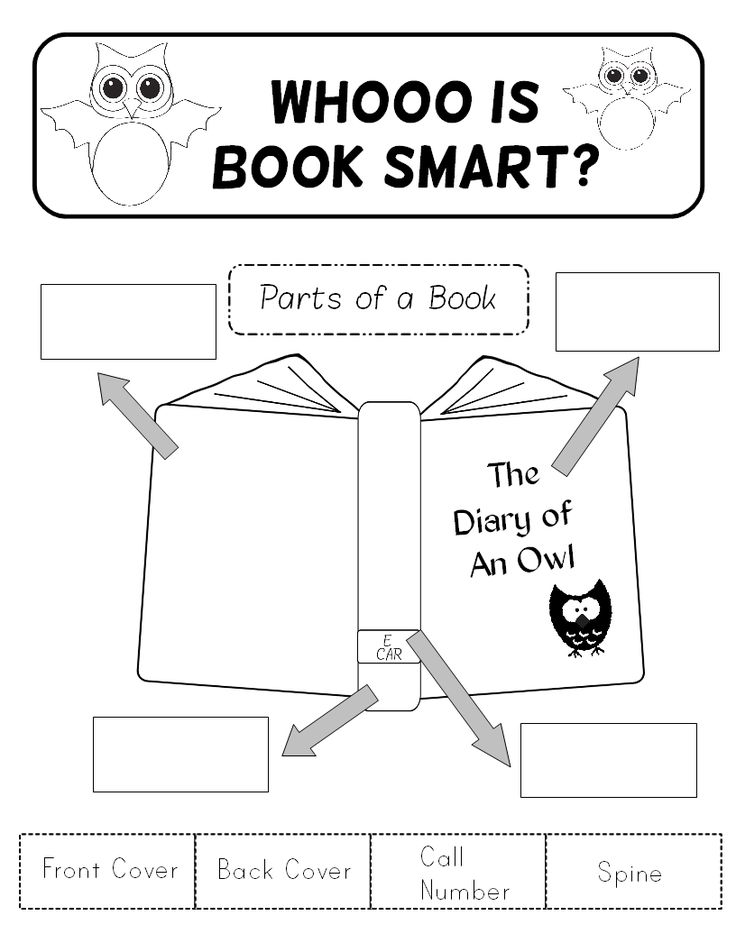 After learning about the parts of a book, they will continue to learn and grow as a reader!
After learning about the parts of a book, they will continue to learn and grow as a reader!
Pin It For Later:
Do you want to save this concepts of print resource for later? Pin this to your concepts of print or reading board on Pinterest and it’ll be here for when you’re ready!
You May Also Like:
Are you looking for fun, hands-on activities for your preschooler? These Preschool Unit Lesson Plans include an entire year of the most popular themed units! Click on the picture to learn more about this resource!
More Pre-Reading Resources:
Concepts of Print Posters
Alphabet Posters
Letter Knowledge Assessment
Download The Freebie:
FREE Printable Parts of a Book Worksheets
1st grade • 2nd grade • 3rd grade • 4th grade • FREE Printables • Language Arts • Language Arts Misc.August 22, 2022
by Beth Gorden
Young kids will love learning about the parts of a book with these fun and free parts of a book worksheets.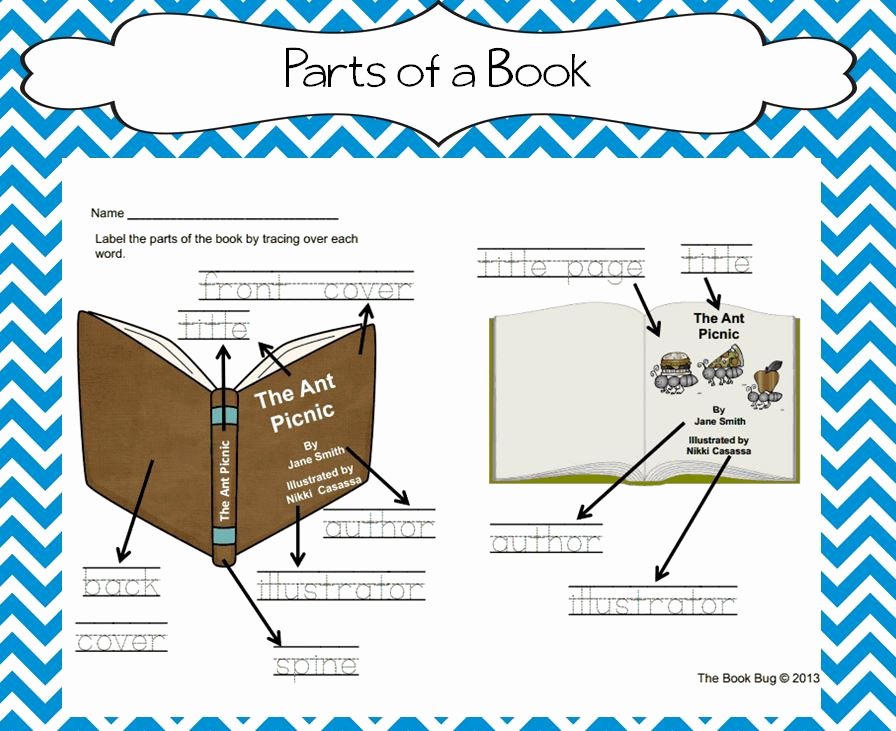 These fun book reports for young children are so handy. Being no-prep, these identifying parts of a book worksheet pages help to ensure readers are understanding what are the parts of the books they are reading including the title, author, and the illustrator. Simply print label parts of a book worksheet and are ready to learn with your kindergarten, first grade, 2nd grade, 3rd grade, and 4th graders too.
These fun book reports for young children are so handy. Being no-prep, these identifying parts of a book worksheet pages help to ensure readers are understanding what are the parts of the books they are reading including the title, author, and the illustrator. Simply print label parts of a book worksheet and are ready to learn with your kindergarten, first grade, 2nd grade, 3rd grade, and 4th graders too.
Parts of a Book Worksheets
Whether you are a parent, teacher, or homeschooler – you will love these no-prep parts of a book worksheet pages for kindergartners, grade 1, grade 2, grade 3, and grade 4 students. Children will learn about the different parts of books, ensuring they understand what they are reading. With the help of these identifying parts of a book worksheet and guided prompts, children will easily be able to learn and remember the parts of a book. Plus these printable parts of a book worksheet are FREE to print for your family or small classroom setting.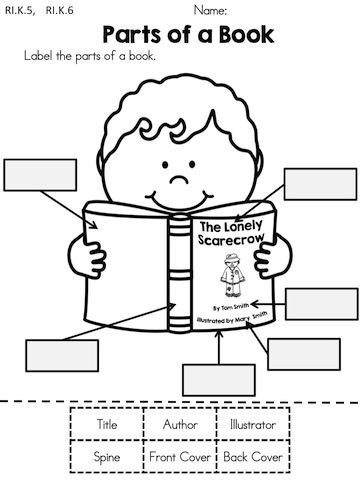
Identifying parts of a book worksheet
Start by scrolling to the bottom of the post, under the terms of use, and click on the text link that says >> _________ <<. The pdf file will open in a new window for you to save your freebie. Now print off the pages. This pack is fully black and white, which will help with printing costs.
label parts of a book worksheet
The activities on these parts of a book worksheets include:
- Parts of a book coloring pages
- Playdough mat for the parts of a book
- Read and trace the parts of the book
- Trace the parts of a book in lines
- Cut and paste the parts of a book
- Color the parts of the book in the correct color
- Label the parts of a book on the book
- Fill in the parts of a book
- Complete the story part of a book
printable parts of a book worksheet
Whether you are a parent, teacher, homeschooler, daycare provider, or planning a summer camp – you will love these no-prep parts of a book worksheets for kids in preschool, kindergarten grade 1, and even grade 2.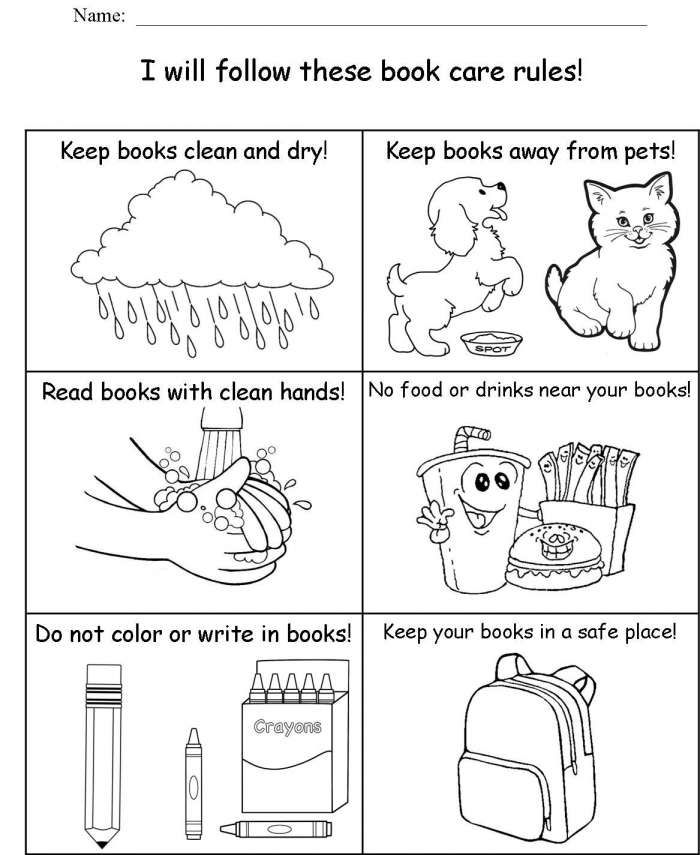
Book report for kids
Looking for other ways to help kids work on reading comprehension and summarizing a book they read? Try these free resources:
- Handy, book report template in the form of a bookmark (any book: fiction or non fiction)
- Free Printable Book Report Template for elementary age kids, works with any books
- Simple, one page Book Report Templates to ensure kids are understanding the main charaters, setting, and idea of what they are reading
- Super cute Pizza Book Report Idea with Free printable template!
- Book Report Template 3rd Grade and other elementary age kids – lots of free printable choices!
- Printable Sandwich Book Report allow kids to recall the main point, climax, characters, setting, and more in each delicious layer
- 26 more clever Book Report Ideas
- See if kids remember the moral of the story with these FREE Aesop Fables Worksheets
- While not book report, this Library Scavenger Hunt helps kids learn to navigate a library, the Dewey decimal system, book genres, and so much more with this pack of free printable scavenger hunts for kids!
- Bookshelf Reading Log printable pdf – to help encourage kids to read!
- Handy Book Report Worksheets for elementary age kids
- Parts of a Book Coloring Page
- Free Parts of a Book Worksheets
Book Recommendations
First of all, whether you stock up on books at your local library, have a robust home library, or not.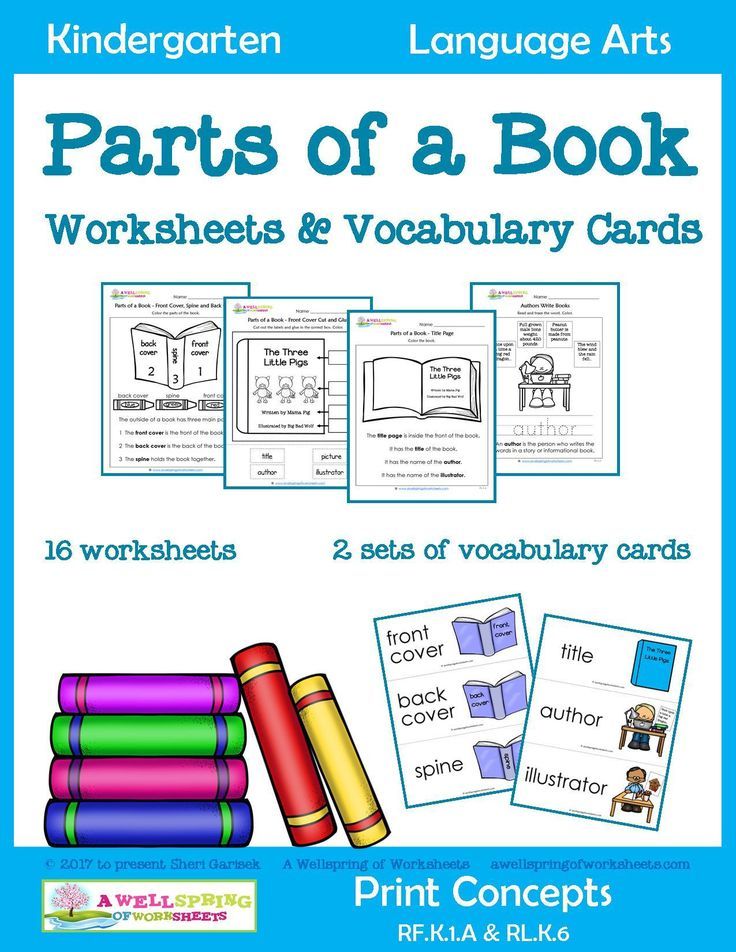 You can still order books and have them conveninetly shipped to your house from Amazon. Wondering what should I read – we’ve got tons of great book recommendations for you! Click on the list you want to read and then you can conveninetly order from Amazon or print a book list to take to the library.
You can still order books and have them conveninetly shipped to your house from Amazon. Wondering what should I read – we’ve got tons of great book recommendations for you! Click on the list you want to read and then you can conveninetly order from Amazon or print a book list to take to the library.
Parts of a book worksheet pdf
By using materials from my site you agree to the following:
- This is for personal and personal classroom use only (to share please direct others to this post to grab their own set!)
- This may NOT be sold, hosted, reproduced, or stored on any other site (including blog, Facebook, Dropbox, etc.)
- All materials provided are copyright protected. Please see Terms of Use.
- Graphics Purchased and used with permission
- I offer free printables to bless my readers AND to provide for my family. Your frequent visits to my blog & support purchasing through affiliates links and ads keep the lights on so to speak.
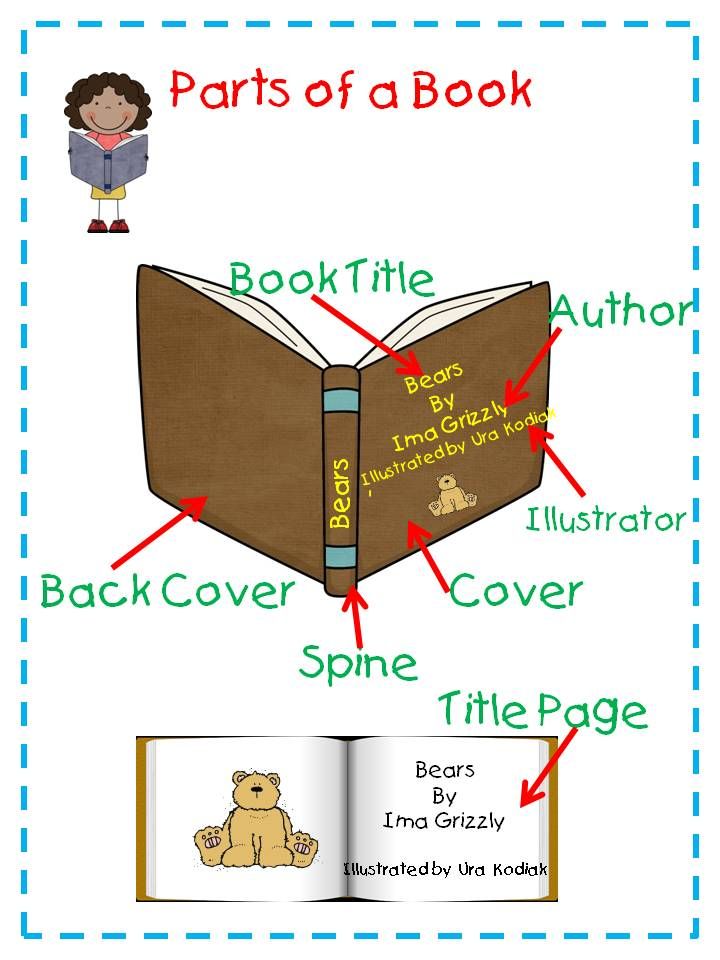 Thanks you!
Thanks you!
>> Parts of a Book Printable <<
You may also like
August 11, 2021
November 1, 2017
August 22, 2020
July 12, 2021
July 1, 2021
July 18, 2022
October 25, 2018
September 14, 2021
About the author
Beth Gorden
Beth Gorden is the creative multi-tasking creator of 123 Homeschool 4 Me. As a busy homeschooling mother of six, she strives to create hands-on learning activities and worksheets that kids will love to make learning FUN! She has created over 1 million pages of printables to help teach kids ABCs, science, English grammar, history, math, and so much more! Beth is also the creator of 2 additional sites with even more educational activities and FREE printables - www.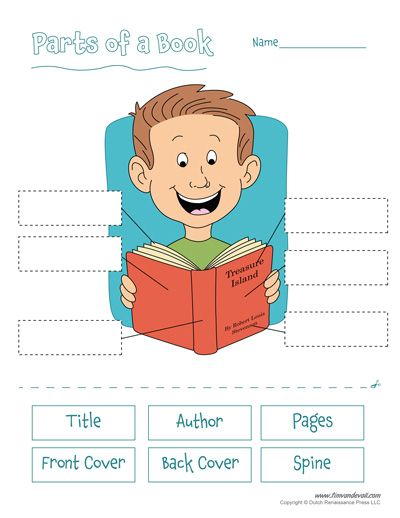 kindergartenworksheetsandgames.com and www.preschoolplayandlearn.com
kindergartenworksheetsandgames.com and www.preschoolplayandlearn.com
Russian book industry in conditions of turbulence
“The real turbulence is yet to come”: experts discussed the current problems of the book industry and ways to solve them
“Today the Russian book industry is experiencing a whole range of problems: technological, legal, economic. On the agenda are issues of import substitution and IT support for the book industry, the preservation of copyright agreements with foreign copyright holders. And of course, one of the central issues is maintaining the availability of the book in the face of rising costs of raw materials and components. Serious problems arise at the enterprises of branch and with circulating assets.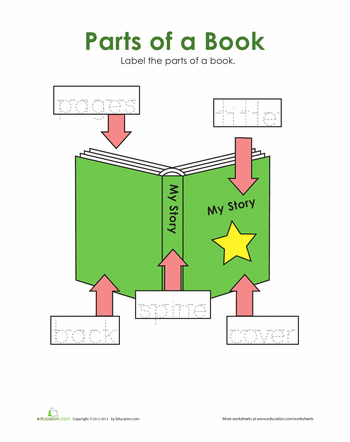 Paper suppliers, printing houses require 100% prepayment, while the average turnaround time for book products ranges from 9up to 12 months” , - noted Svetlana Zorina , editor-in-chief of the magazine “Book Industry” in her opening speech .
Paper suppliers, printing houses require 100% prepayment, while the average turnaround time for book products ranges from 9up to 12 months” , - noted Svetlana Zorina , editor-in-chief of the magazine “Book Industry” in her opening speech .
At the beginning of the discussion, Leonid Palko, Managing Vice President of the Russian Book Union, General Director of the publishing house Veche , said that the Russian Book Union considers it its primary task to collect the opinions and wishes of industry players, as well as to establish relations with the Moscow Government for providing scribes with state support. Among the main goals of the RCC in the long term are maintaining affordable prices for books for buyers, retaining staff in publishing houses and bookstores, actively using social advertising and social support measures (in particular, entering books into the Pushkin Card program) and a constant dialogue with specialists from the regions.
Head of the Department for Supporting the Literary Process, Book Exhibitions and Promotion of Reading of the Department of State Support for Periodical Press and Book Industry of the Ministry of Digital Development of Russia Alexander Voropaev summed up the results of Russian book publishing in 2019-2021.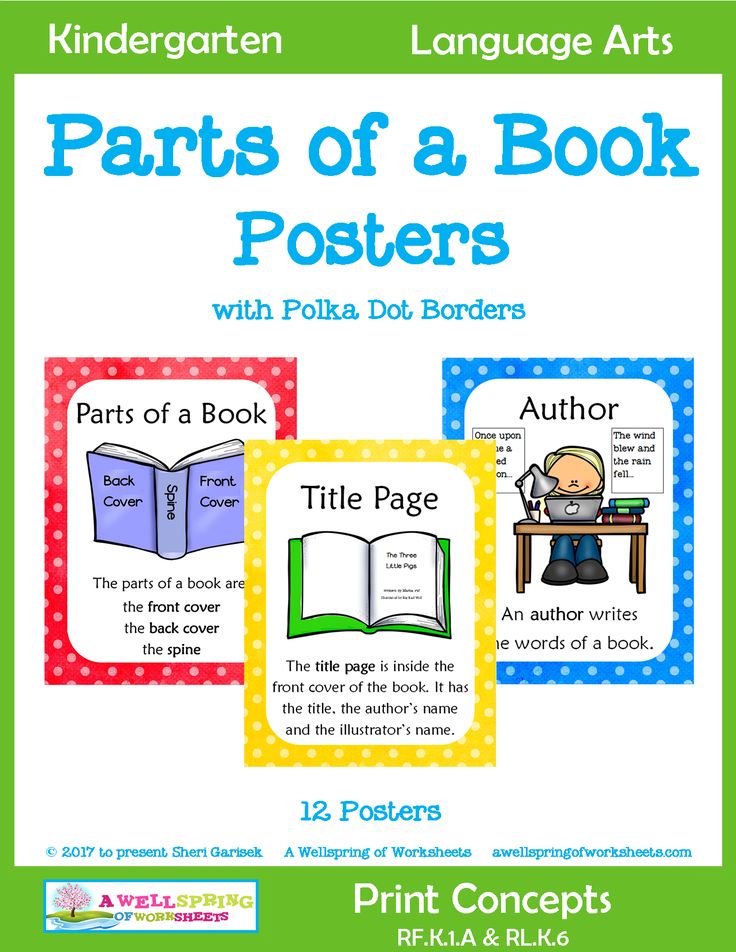 According to him, the Ministry of Digital Transformation of Russia is concerned about the current situation in the industry, especially the significant increase in book prices, as well as the fact that “turbulence is just beginning ... we will monitor the situation in real time and develop general principles and approaches to solving the situation” .
According to him, the Ministry of Digital Transformation of Russia is concerned about the current situation in the industry, especially the significant increase in book prices, as well as the fact that “turbulence is just beginning ... we will monitor the situation in real time and develop general principles and approaches to solving the situation” .
On the state of the book industry in 2021-2022 told the editor-in-chief of the magazine "Book Industry" Elena Solovieva . She noted positive changes in the turnover of the book market, the importance of maintaining the book trade infrastructure and a balanced pricing policy in the face of sanctions pressure and the unpreparedness of the domestic printing industry to uninterruptedly provide the Russian reader with new book editions. At the same time, in the difficult conditions of the pandemic, Russian bookstores not only retained their book assortment, but also did everything possible to reduce book inflation to 11%.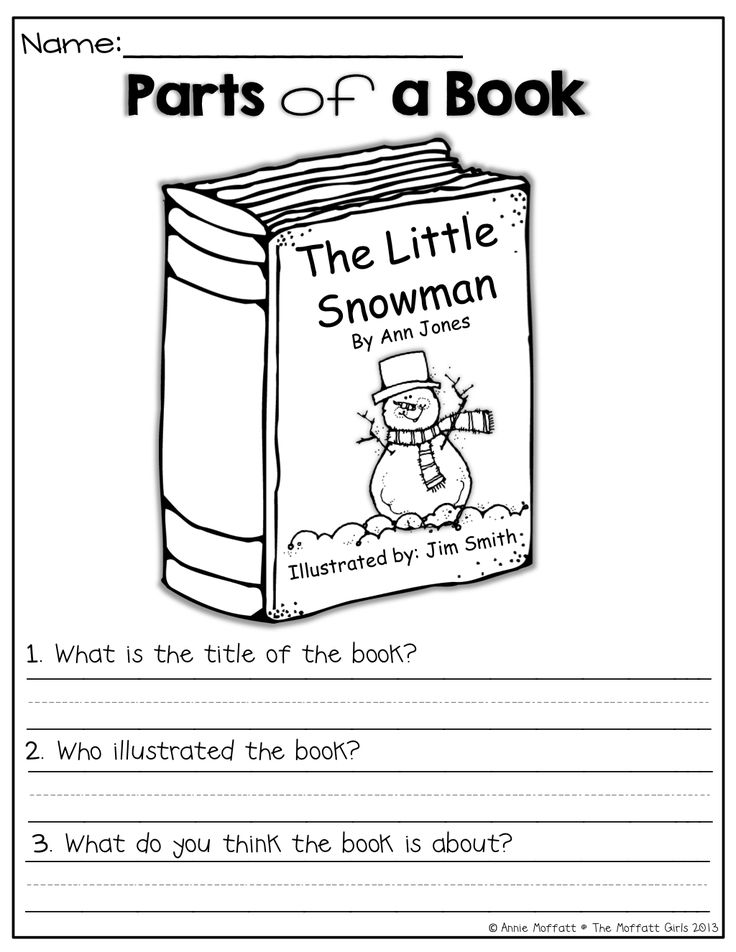 The main goal of scribes for 2022 is to support the reader with a variety of assortments and reasonable prices, as well as to maintain a market structure for the book industry, avoiding a return to the principles of a planned economy, preferences and quotas for the elite.
The main goal of scribes for 2022 is to support the reader with a variety of assortments and reasonable prices, as well as to maintain a market structure for the book industry, avoiding a return to the principles of a planned economy, preferences and quotas for the elite.
Technical Director of OctoPrint Service and Hubergroup RUS Tatyana Klimova reported that the fifth package of EU sanctions will exacerbate the crisis in book printing: an acute shortage of printing inks, which were mainly imported from the EU, will be added to the shortage of paper. European manufacturers are already stopping supplies, and Chinese counterparts are 80-100% more expensive. Klimova sees the main danger of anti-Russian sanctions in the ban on the maintenance of foreign printing lines installed in Russian printing houses, in the ban on the supply of necessary spare parts and consumables. According to her forecasts, the current stocks of raw materials at printing houses will be enough for a period of about 2 months, while purchase prices will continue to rise, and transportation will become much more complicated: “Two years of the coronavirus severed supply chains in Europe, many components of production moved to China and India, and the complexity of the supply led to higher prices” .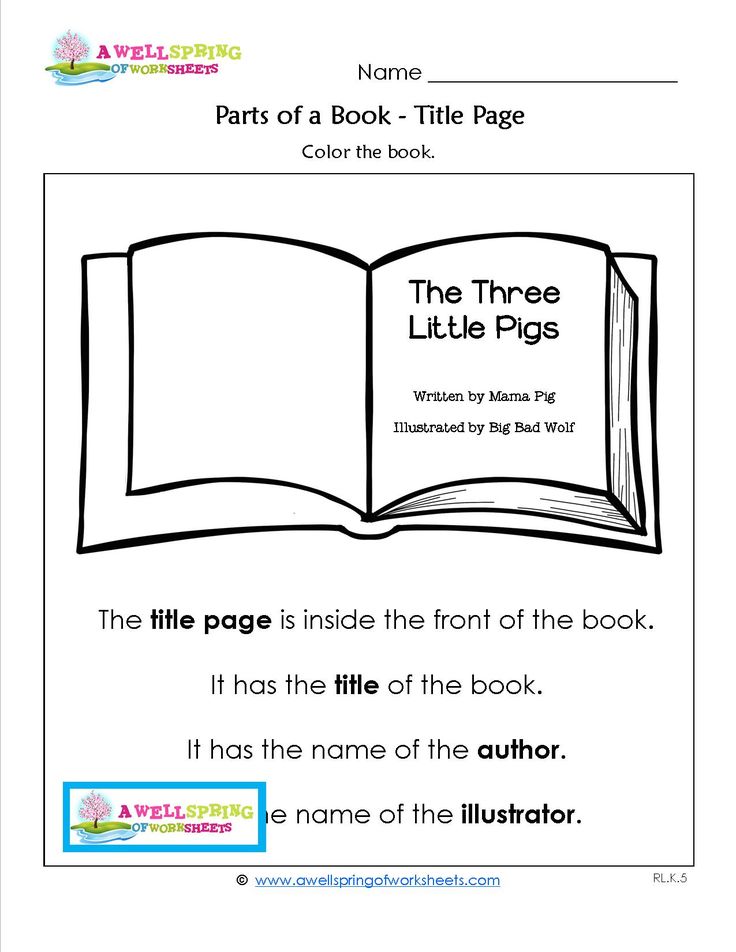
Igor Poltavtsev , Deputy General Director of JSC "First Model Printing House" supported his colleague, paying special attention to the fact that there are critically few serious printing companies on the Russian market, which exacerbates the crisis and does not allow talking about diversity. In the near future, due to the lack of raw materials, printing products will be greatly simplified and lose quality, sophistications in the design of books will disappear from the market for a long time. Today, serious problems are associated with a shortage of plates for printing and paints and the inability to promptly replace imported resources with domestic counterparts. The most technologically advanced enterprises, as a rule, are under great pressure. "The current situation is very bad, but I agree that all the turbulence and all the problems are still ahead" , Poltavtsev said.
General Director of the EKSMO Publishing House Evgeny Kapiev believes that the industry is in an unprecedented crisis, and therefore any forecasts should be very cautious.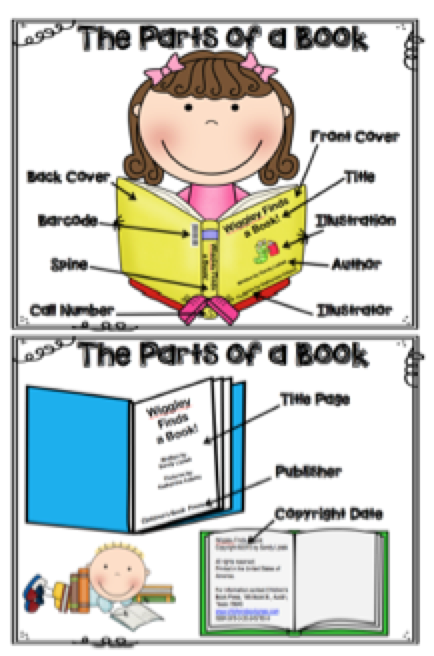 The third quarter of this year will be the most difficult for the Eksmo publishing house. In addition to the obvious problems in the printing industry, in the current situation there are no less serious problems in terms of marketing: a change in the usual promotion tools associated with the blocking and withdrawal of a number of social networks from Russia; a decline in demand in the audiobook segment and a reduction in impulsive spontaneous purchases in bookstores located in shopping centers. Kapyev urged his colleagues not to rush to reduce advertising support for published books, but rather to look for new ideas, because in times of crisis, advertising often becomes an important sales driver. It is now important for publishers to reorient their assortment and promotion tools, support Russian authors and not reduce pressure on pirates, because an increase in the level of online piracy will roll the industry back decades.
The third quarter of this year will be the most difficult for the Eksmo publishing house. In addition to the obvious problems in the printing industry, in the current situation there are no less serious problems in terms of marketing: a change in the usual promotion tools associated with the blocking and withdrawal of a number of social networks from Russia; a decline in demand in the audiobook segment and a reduction in impulsive spontaneous purchases in bookstores located in shopping centers. Kapyev urged his colleagues not to rush to reduce advertising support for published books, but rather to look for new ideas, because in times of crisis, advertising often becomes an important sales driver. It is now important for publishers to reorient their assortment and promotion tools, support Russian authors and not reduce pressure on pirates, because an increase in the level of online piracy will roll the industry back decades.
On February 24, according to Alexei Ilyin, , General Director of Alpina IG, nullified all the plans, forecasts and trends of scribes, but the main consequences of the crisis are still ahead: “I think there is not a single person and not a single business in Russia, who now would not think what to do.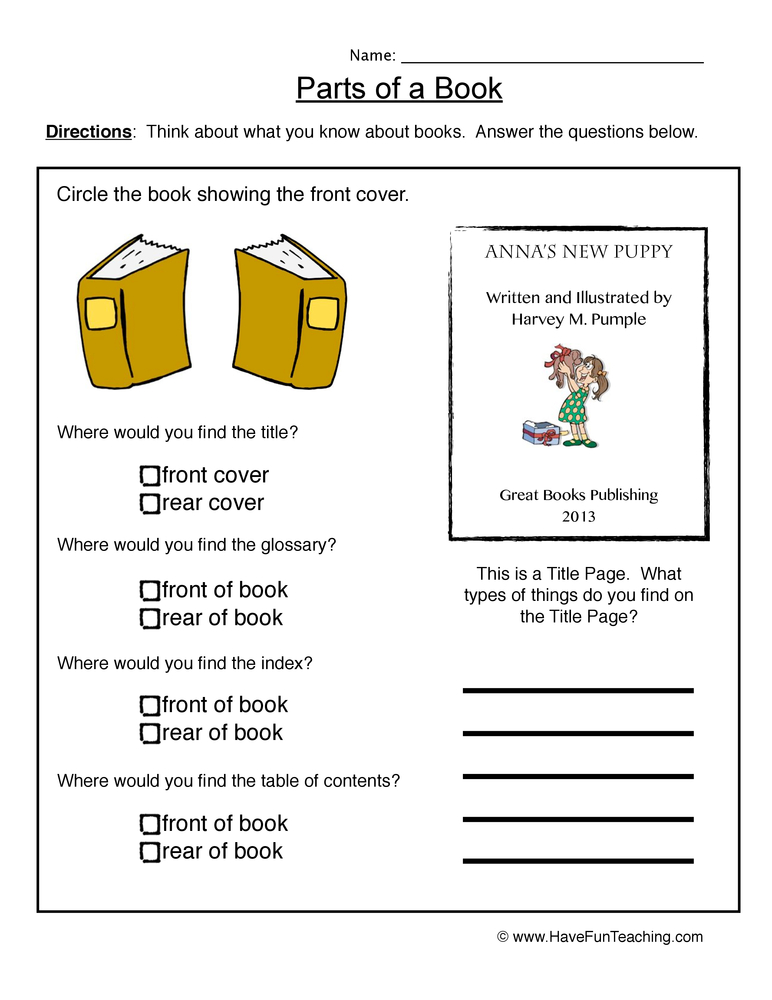 I tried to assess our risks as unemotionally as possible, because now is the time when the leader needs to make the most accurate decisions.” Approximately 15-20% of the foreign right holders with whom Alpina cooperates announced the termination of the conclusion of new contracts, the structure of demand has changed. Shipments fell by 20%, while the extreme volatility of the exchange rate and the sanctions imposed on banks complicated mutual settlements with foreign companies. Consumer preferences have changed radically: now life-affirming psychology and philosophy, history books and fiction, in which there are some historical parallels with the current situation, come to the fore.
I tried to assess our risks as unemotionally as possible, because now is the time when the leader needs to make the most accurate decisions.” Approximately 15-20% of the foreign right holders with whom Alpina cooperates announced the termination of the conclusion of new contracts, the structure of demand has changed. Shipments fell by 20%, while the extreme volatility of the exchange rate and the sanctions imposed on banks complicated mutual settlements with foreign companies. Consumer preferences have changed radically: now life-affirming psychology and philosophy, history books and fiction, in which there are some historical parallels with the current situation, come to the fore.
According to Ilyin, the main risk now is a decrease in demand from buyers in the absence of free cash. The great inertia of publishers, the difficulty of predicting the interest of readers for several months in advance, and increasing state censorship are also of serious concern.
Director of the publishing house "ROSMEN" Boris Kuznetsov noted that about a quarter (20-25%) of the "children's" book release directly depends on imported components (coated paper, high-quality cardboard, self-adhesive paper, etc.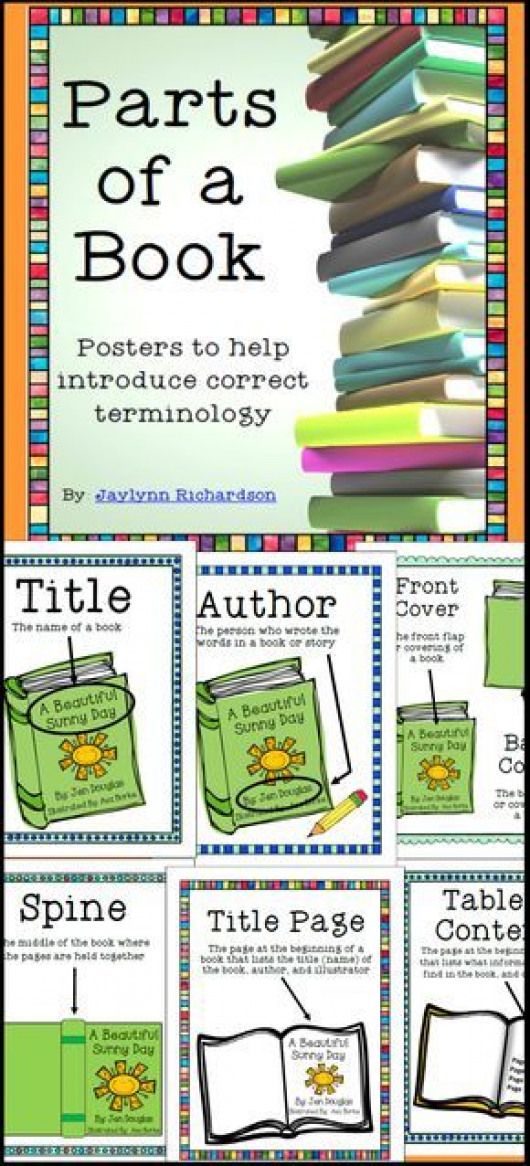 ), Therefore, in the near future, the assortment of children's books in Russia will be significantly simplified, at least books with game elements, there are no sticker books in the plans of the Rosmen publishing house. The main emphasis is on the "old baggage" of publishing houses and classical literature. However, there is also “good news”: a children's book is under less pressure than an adult book today, thanks to a smaller share of translated titles on the bestseller lists. “If we talk about purchasing power, we now see the possibility of replacing a significant part of the freed-up leisure time with books. The toy market is in a fever stronger than ours, and we have the opportunity to “put a foot in someone else’s market” a little bit. In addition, a children's book has a unique opportunity: we sell very well in the distribution channels for children's goods, for us this is an opportunity, ”, Kuznetsov noted. Also, according to the expert, right now, more than ever, it is important to finalize and launch a national program for children and families reading.
), Therefore, in the near future, the assortment of children's books in Russia will be significantly simplified, at least books with game elements, there are no sticker books in the plans of the Rosmen publishing house. The main emphasis is on the "old baggage" of publishing houses and classical literature. However, there is also “good news”: a children's book is under less pressure than an adult book today, thanks to a smaller share of translated titles on the bestseller lists. “If we talk about purchasing power, we now see the possibility of replacing a significant part of the freed-up leisure time with books. The toy market is in a fever stronger than ours, and we have the opportunity to “put a foot in someone else’s market” a little bit. In addition, a children's book has a unique opportunity: we sell very well in the distribution channels for children's goods, for us this is an opportunity, ”, Kuznetsov noted. Also, according to the expert, right now, more than ever, it is important to finalize and launch a national program for children and families reading.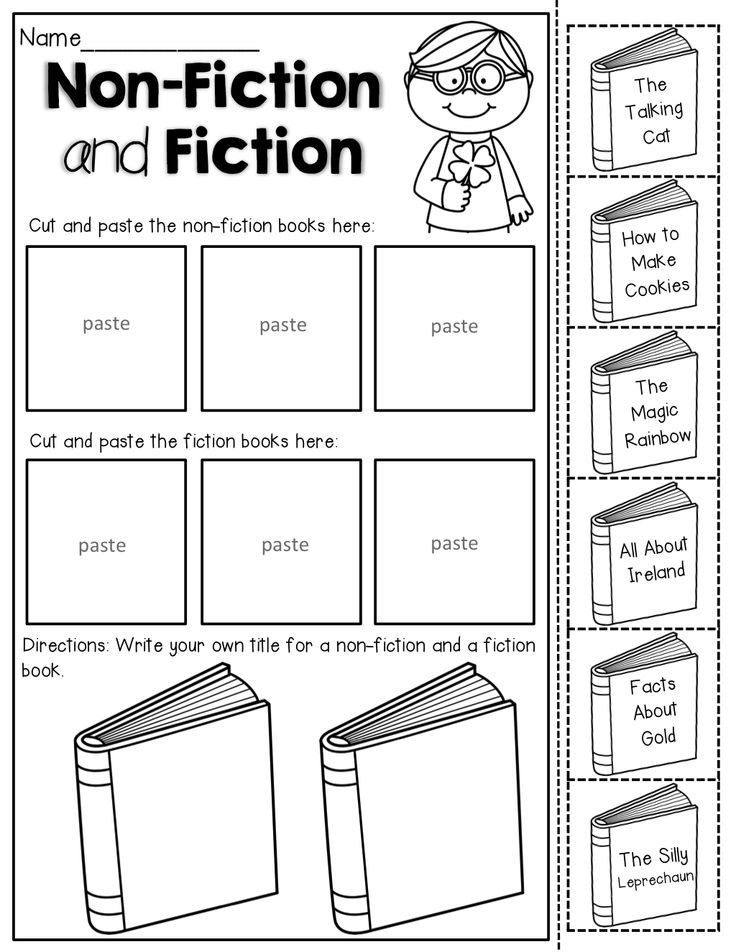
Elfiya Dorofeeva , General Director of Mozaika-Sintez Publishing House drew attention to the social responsibility of book industry specialists in terms of upbringing and education of the young generation of Russians. According to Dorofeeva, it is necessary at the state level to instill in young readers love for their state, knowledge of its history and culture, and also to teach the younger generation to form their own opinion about what is happening in the country and the world. The expert proposed publishing a library of patriotic books under the auspices of the Russian Book Union and distributing them free of charge in kindergartens, elementary schools and municipal children's libraries. Head of the Books group at Wildberries Alexey Kuzmenko presented the benefits of cooperation with marketplaces and the tools that this platform offers publishers. The marketplace today is an increasingly obvious alternative to traditional book distribution channels.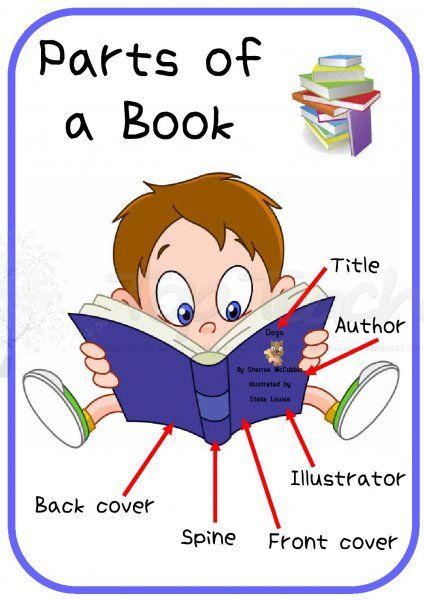 Kuzmenko considers it important for scribes to be able to test any new publishing projects on Wildberries, because the marketplace has the widest audience of consumers, and the advantages of such sites should not be neglected.
Kuzmenko considers it important for scribes to be able to test any new publishing projects on Wildberries, because the marketplace has the widest audience of consumers, and the advantages of such sites should not be neglected.
Commercial Director of the book trading company "Amital" Tatyana Larina noted that for the first time in a long time, within the framework of an industry conference, words were voiced about the importance of maintaining the profile book retail in the country: "It is to be hoped that this understanding will be reflected and under commercial conditions of contracts with publishers” . The beginning of 2022 in the Amital chain was marked by a strong drop in sales, however, March and April showed positive dynamics compared to 2021 and 2019years. The increase in sales during this period was influenced not only by rising prices, but also by information stuffing about a possible shortage of certain categories of books or their serious rise in price.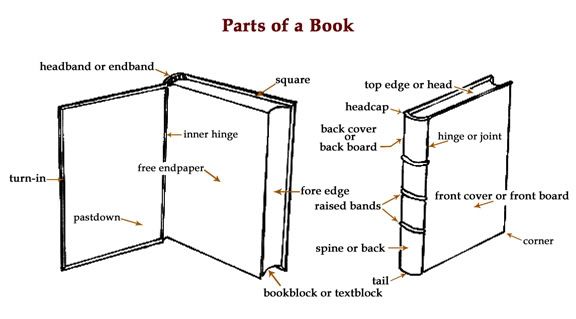 Now, in the context of the crisis, bookstores are constantly monitoring stocks and reevaluating the assortment due to the rise in the cost of supplies from publishers. The bookstores themselves do not change their margin, despite the difficulties and inflation. Tatyana Larina added that she is counting on both the state support of the industry and the support of publishers in terms of maintaining the same terms of partnership.
Now, in the context of the crisis, bookstores are constantly monitoring stocks and reevaluating the assortment due to the rise in the cost of supplies from publishers. The bookstores themselves do not change their margin, despite the difficulties and inflation. Tatyana Larina added that she is counting on both the state support of the industry and the support of publishers in terms of maintaining the same terms of partnership.
According to Elena Shtekhina , General Director of Magistr Bookselling Company , “to keep our industry in working order, it is necessary to unite the efforts of all publishers and booksellers”. “I understand that the price of books has risen sharply, many publishers want to cut costs and refuse direct sales to bookstores, but this seriously increases the price of a book, sometimes by 20%. We used to sell books from some publishers to libraries at lower prices than we buy today from intermediaries. And the rejection of direct supply contracts often forces us to reduce the range of books from such publishers” , - the expert noted.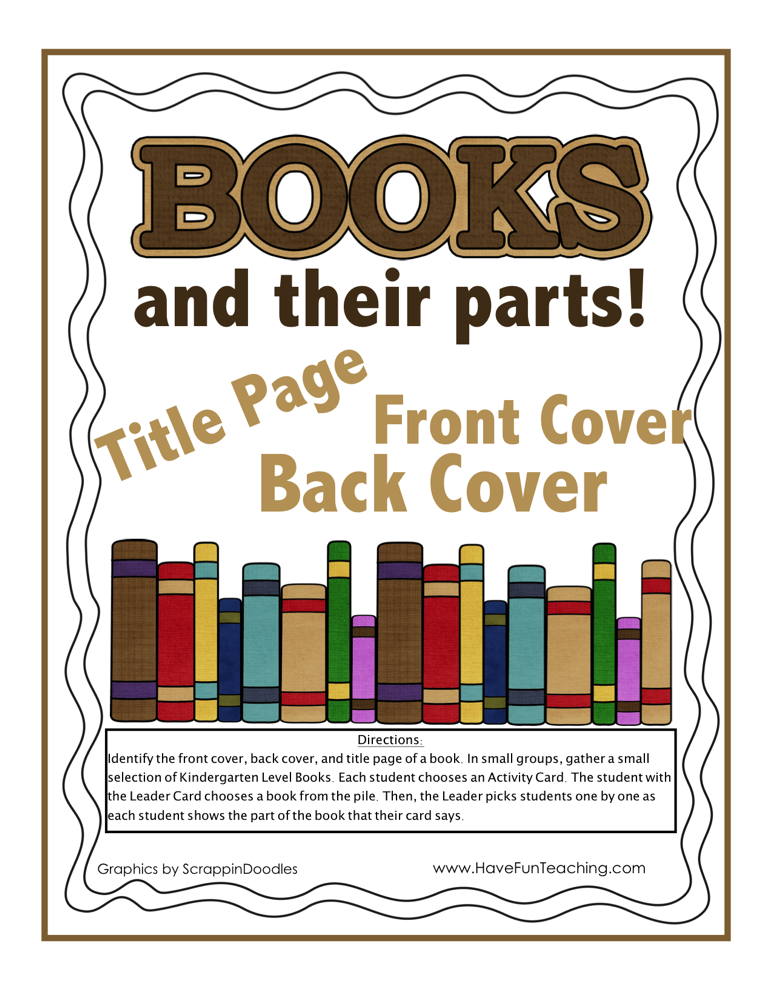 The anti-crisis measures proposed by Elena Shtekhina include regulating the price difference between sales channels (in the range of no more than 15%) in offline and online channels, as well as setting time intervals for the start of book sales in different distribution channels.
The anti-crisis measures proposed by Elena Shtekhina include regulating the price difference between sales channels (in the range of no more than 15%) in offline and online channels, as well as setting time intervals for the start of book sales in different distribution channels.
Director General of the Moscow House of Books State Unitary Enterprise, President of the Association of Book Distributors of Independent States Nadezhda Mikhailova believes that problems should be solved together, and not at the expense of other players. A Marina Kameneva , general director of the Moskva bookstore, noted that now is the time for longsellers: in the portfolios of all publishing houses there are publications that are sold steadily and it is necessary to pay special attention to them. The participants of the conference were introduced to the preferences of buyers in the choice of book products by Larisa Vedenyeva , a referent of the goods and services management group of TD "BIBLIO-GLOBUS".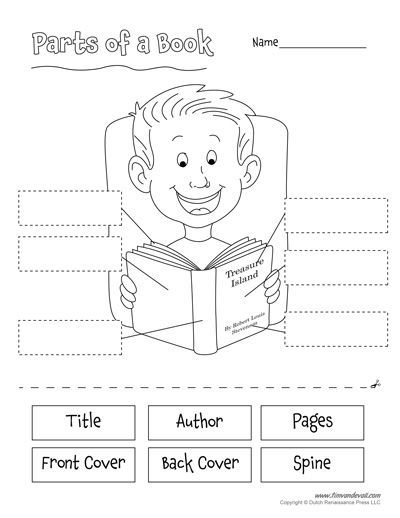
At the end of the discussion, Leonid Palko once again stressed the priority of the social responsibility of scribes over other problems and tasks facing the Russian book industry today. On April 12, the industry conference "The Book Industry of Russia in Conditions of Turbulence" was held, organized by the magazine "Book Industry" with the support of the Ministry of Digital Development of Russia. The participants discussed key indicators of the book market, risk factors in the face of sanctions pressure, issues of pricing, production and distribution of raw materials, changes in the investment policy of publishers, government support measures for the book industry, and a review of business strategies in book publishing and bookselling in 2022.
Book publishing in Russia in the 19th — early 20th centuries: a collection of scientific papers
NIOK is preparing for publication collections of scientific papers on the history of book publishing in Russia (20 issues have been published).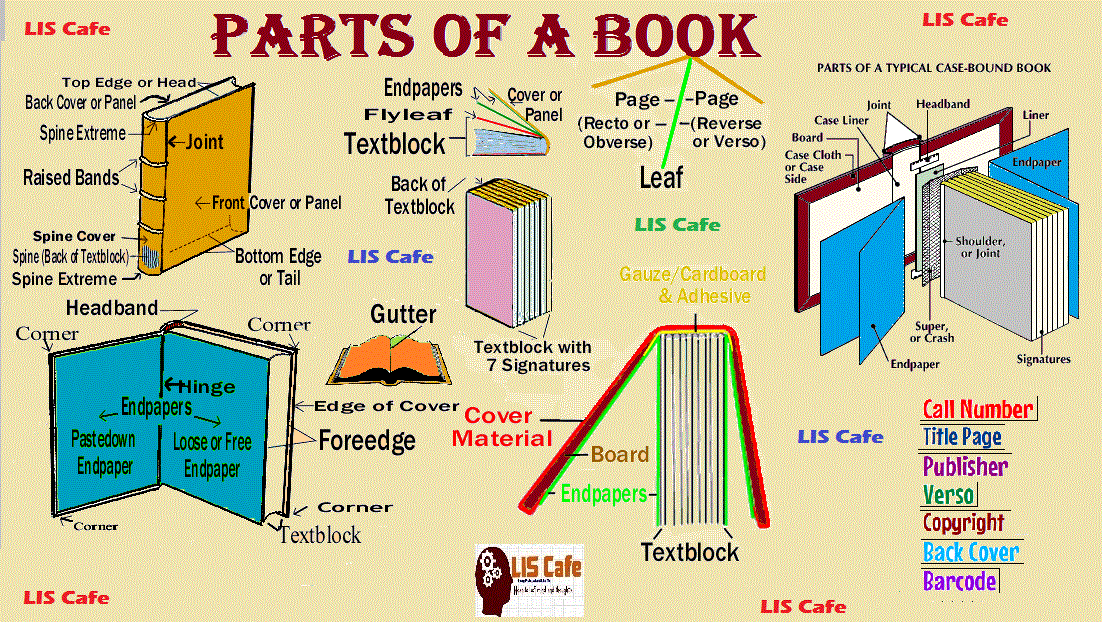 The forerunners of this series are collections published in the Department of Bibliography and Book Science: “V. I. Lenin and Problems of Studying Book Publishing in Russia in the Second Half of the 19th — Early 20th Centuries” (1979) and “Book Publishing and Bibliography in Russia in the Second Half of the 19th — Early 20th Centuries.” (1980). Issues Nos. 1-10 were published under the title Book Publishing in Russia in the Second Half of the 19th - Early 20th Centuries.
The forerunners of this series are collections published in the Department of Bibliography and Book Science: “V. I. Lenin and Problems of Studying Book Publishing in Russia in the Second Half of the 19th — Early 20th Centuries” (1979) and “Book Publishing and Bibliography in Russia in the Second Half of the 19th — Early 20th Centuries.” (1980). Issues Nos. 1-10 were published under the title Book Publishing in Russia in the Second Half of the 19th - Early 20th Centuries.
Genre and thematic variety of materials included in the collections is great. Some issues have sections "Publications", "Catalogues", since 1994 they have been publishing reviews of Pavlenkov's readings. The articles cover all the main aspects of the study of book culture: book publishing, book trade, bibliographic activities, the history of libraries, attention is also paid to issues of supervision of the press, the history of the reader. All works are based on a wide source base, a significant part of which is archival materials.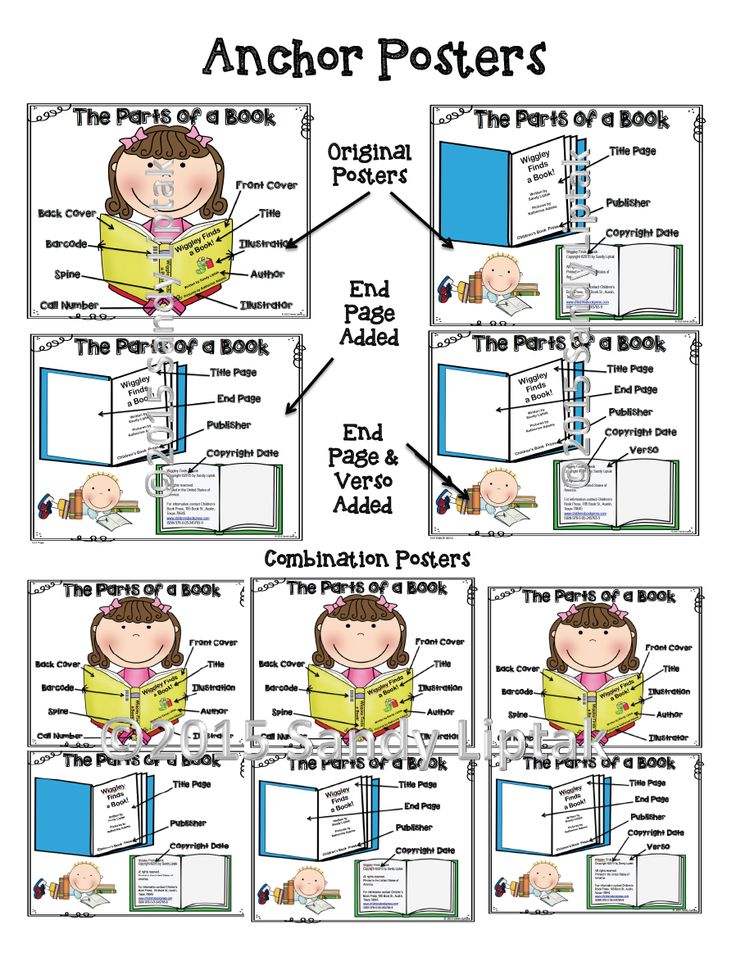 In addition to bibliologists from the National Library of Russia, specialists from various scientific institutions of the country take part in the collections. Among them are employees of the Institutes of History and World Literature of the Russian Academy of Sciences, the Book Chamber, the Russian State Historical Archives, the Russian State Library, the State Public Scientific and Technical Library of the Siberian Branch of the Russian Academy of Sciences, universal scientific libraries, universities and institutes of culture and other higher educational institutions. From mid 1990s the pages of the collections published works by authors from Great Britain, Germany, Poland and the USA.
In addition to bibliologists from the National Library of Russia, specialists from various scientific institutions of the country take part in the collections. Among them are employees of the Institutes of History and World Literature of the Russian Academy of Sciences, the Book Chamber, the Russian State Historical Archives, the Russian State Library, the State Public Scientific and Technical Library of the Siberian Branch of the Russian Academy of Sciences, universal scientific libraries, universities and institutes of culture and other higher educational institutions. From mid 1990s the pages of the collections published works by authors from Great Britain, Germany, Poland and the USA.
Book business in Russia in the 19th — early 20th century. Issue 17 Issue 18
Description of the contents of collections (issues 1-20):
“Book business in Russia in the 19th — early 20th centuries” / comp.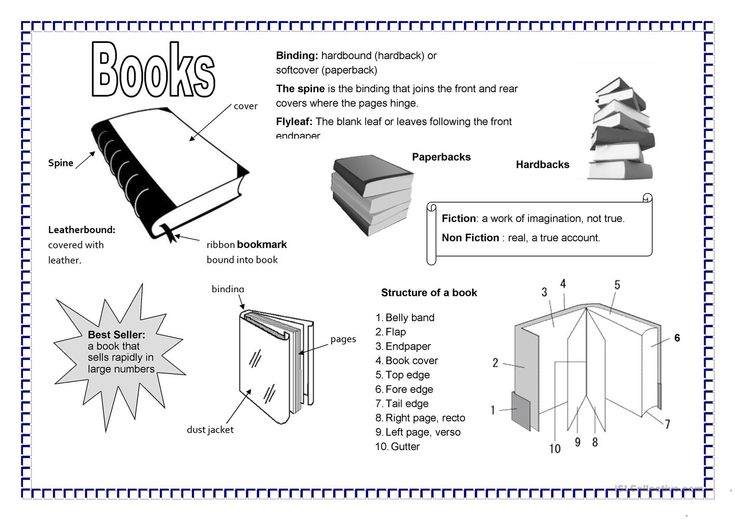 G. A. Mamontova // Book business in Russia in the 19th — early 20th centuries: Sat. scientific tr. - St. Petersburg, 2020. - Issue. 20. - S. 333-363
G. A. Mamontova // Book business in Russia in the 19th — early 20th centuries: Sat. scientific tr. - St. Petersburg, 2020. - Issue. 20. - S. 333-363
17. Contents
Issue. 18. Contents Buy
Issue. 19. Contents Buy
Issue. 20. Contents Buy
20th edition of the collection "Book Publishing in Russia in the 19th - early 20th Centuries"
Book Publishing in Russia in the 19th - early 20th centuries: Sat. scientific tr. / RNB; comp. and scientific ed. N. A. Grinchenko, O. N. Ilyina, N. G. Patrusheva; ed. G. A. Mamontova. St. Petersburg, 2020. Issue. 20.394 s.
In 2020, the 20th edition of the collection "Book Publishing in Russia in the 19th - early 20th centuries" was published.
The predecessors of the series of these collections were two others prepared in the Department of Bibliography and Book Science: “V. I. Lenin and Problems of Studying Book Publishing in Russia in the Second Half of the 19th — Early 20th Centuries” (1979) and “Book Publishing and Bibliography in Russia in the Second Half of the 19th — Early 20th Centuries.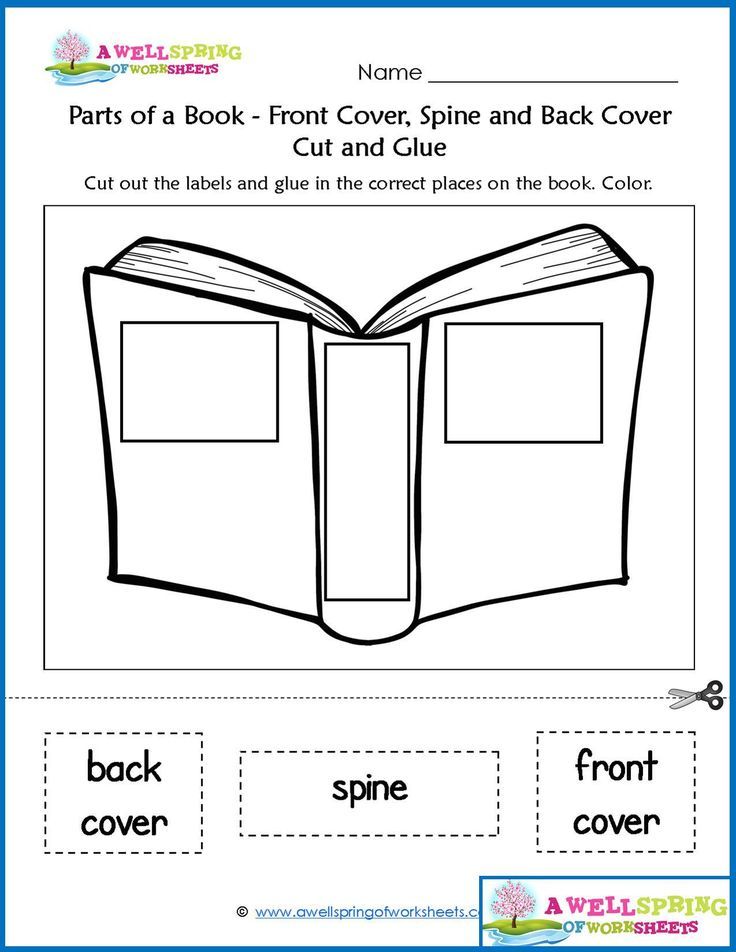 ” (1980). Further, the collection was published under the title "Book Publishing in Russia in the second half of the 19th - early 20th centuries." From the 11th issue (since 2003), the chronological boundaries began to cover the entire 19th century. Issues are published in a single publishing design.
” (1980). Further, the collection was published under the title "Book Publishing in Russia in the second half of the 19th - early 20th centuries." From the 11th issue (since 2003), the chronological boundaries began to cover the entire 19th century. Issues are published in a single publishing design.
Collections differ in genre and thematic variety. Articles and publications based on new archival materials cover all aspects of the domestic book industry of the specified period, that is, the creation, existence and study of books on the territory of the Russian Empire, namely: publishing, the history of printing houses and book trade, libraries (state, public, private), reading, censorship.
At the present time, the collection is the only historical and bibliological study in Russia devoted to a certain historical period, which has been published for such a long time. Its basis is the scientific reports presented at the Pavlenkov Readings.
The 20th issue of the collection Book Publishing in Russia in the 19th — early 20th centuries is associated with the 180th anniversary of Florenty Fedorovich Pavlenkov (1839-1900), to whom the first block of materials is dedicated. Among them is the publication of Pavlenkov's letters of the 1890s. to the writer, translator Rostislav Ivanovich Sementkovsky prepared by N. A. Grinchenko. In the article by N. G. Patrusheva “F. F. Pavlenkov and censorship” on the basis of the material stored in the collections of the Russian State Historical Archives, the censorship history of individual publications of Pavlenkov is considered. The article by M. Yu. Matveev reflects the history of the Pavlenkov libraries, the organization of which the author considers as one of the most significant educational and charitable initiatives of his time. The article by V. V. Knorring is devoted to the publishing initiatives of Pavlenkov, picked up by his contemporaries and followers. We are talking about a series of publications addressed to a specific readership. As an example, Jewish book series of popular science and propaganda nature of the early 20th century are considered.
Among them is the publication of Pavlenkov's letters of the 1890s. to the writer, translator Rostislav Ivanovich Sementkovsky prepared by N. A. Grinchenko. In the article by N. G. Patrusheva “F. F. Pavlenkov and censorship” on the basis of the material stored in the collections of the Russian State Historical Archives, the censorship history of individual publications of Pavlenkov is considered. The article by M. Yu. Matveev reflects the history of the Pavlenkov libraries, the organization of which the author considers as one of the most significant educational and charitable initiatives of his time. The article by V. V. Knorring is devoted to the publishing initiatives of Pavlenkov, picked up by his contemporaries and followers. We are talking about a series of publications addressed to a specific readership. As an example, Jewish book series of popular science and propaganda nature of the early 20th century are considered.
The main part of the collection traditionally examines various aspects of the history of the creation and distribution of books in Russia during the specified period: the history of book publishing, book trade, periodicals, censorship, and libraries.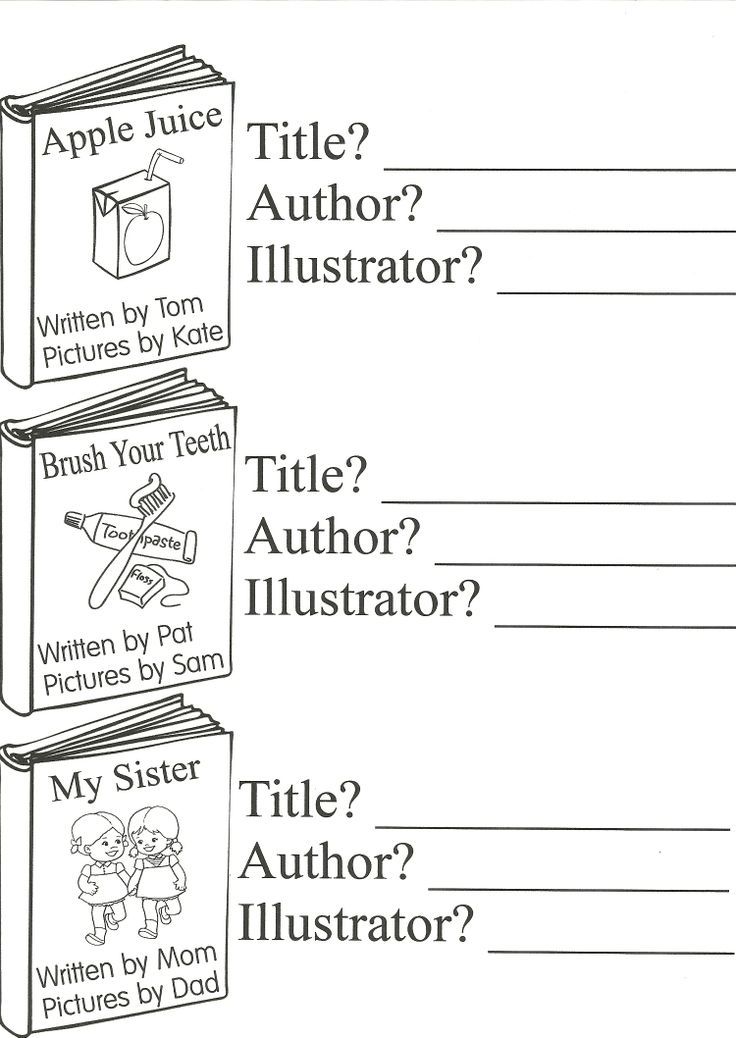 Many authors continue the topic stated in previous issues, while paying attention to new facts and phenomena, analyzing previously unused sources. Articles on publishing are devoted to topics little studied in domestic book science: book publishing in foreign languages, the history of certain types of publication: educational, periodical, illustrated, as well as the publication of notes and maps. The history of libraries, state book depositories and personal collections, as well as the fate of individual collections and copies, is traditionally presented on the pages of the collection.
Many authors continue the topic stated in previous issues, while paying attention to new facts and phenomena, analyzing previously unused sources. Articles on publishing are devoted to topics little studied in domestic book science: book publishing in foreign languages, the history of certain types of publication: educational, periodical, illustrated, as well as the publication of notes and maps. The history of libraries, state book depositories and personal collections, as well as the fate of individual collections and copies, is traditionally presented on the pages of the collection.
Attention of AV Zaitseva is drawn to the publishing activity of students. She reviewed the work in this direction of students of the Moscow Technical School (now the Moscow State Technical School named after N. E. Bauman). The author established the publishing repertoire, which consisted of educational materials printed by the lithographic method, and named the ways of their distribution. An article by O.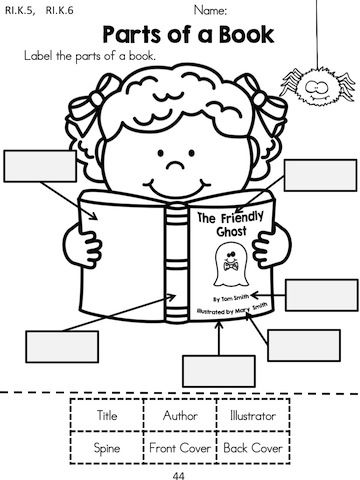 V. Velikodvorskaya is also devoted to educational book publishing: it concerns the collection of lithographed lecture notes published in the late 19th - early 20th centuries, stored in the Rare Books Department of the Scientific Library of the North-Western Institute of Management of the Russian Academy of National Economy and Public Administration. students and teachers of educational institutions of St. Petersburg and Moscow.
V. Velikodvorskaya is also devoted to educational book publishing: it concerns the collection of lithographed lecture notes published in the late 19th - early 20th centuries, stored in the Rare Books Department of the Scientific Library of the North-Western Institute of Management of the Russian Academy of National Economy and Public Administration. students and teachers of educational institutions of St. Petersburg and Moscow.
Cooperation of the beginning writer A. M. Remizov as the author of original works and translator with the symbolist publishing house "Scorpion" in the early 1900s. considered in the article by O. I. Shapkina. The author's observations are of interest for subsequent research, since the texts of Remizov's early works have not been preserved, and information about them is found in correspondence with publishers.
The results of a long-term study of official provincial commemorative books are presented in the article by NM Balatskaya, who studied the illustrative material of these publications: changes in its subject matter, genres, and content were traced.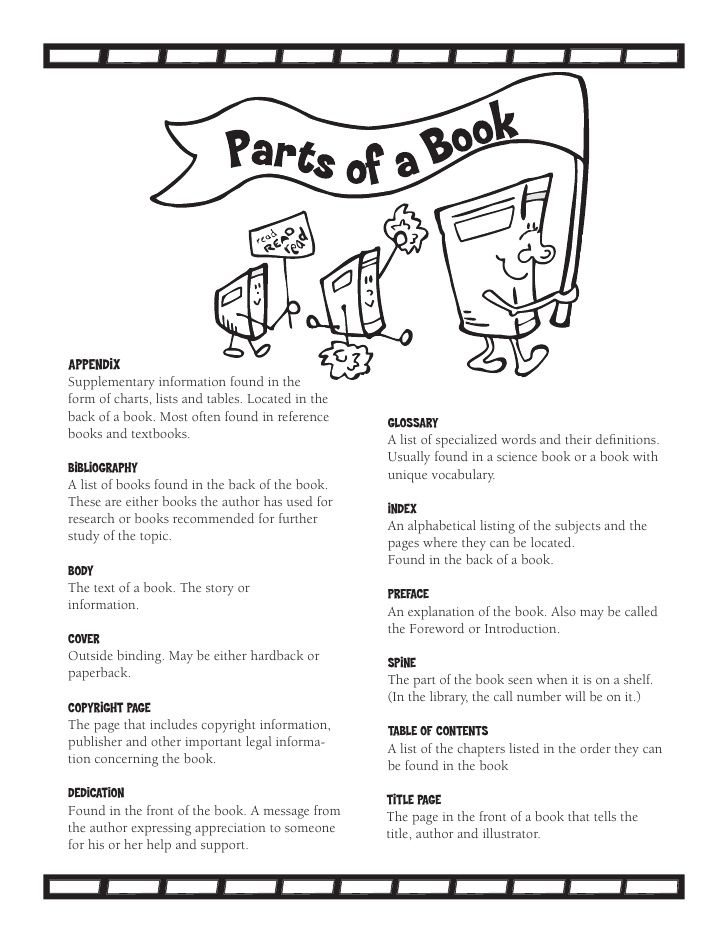 The article by N. V. Bekzhanova continued the study of the domestic German-language press. The author's attention is drawn to the 15th anniversary from 1885 to 1899 d. Subjects are considered, types and species are established, as well as the geography of printing of this segment of the Russian publishing repertoire. Analysis of French-language book publishing for 1907-1916. presented in the article by N. A. Grinchenko.
The article by N. V. Bekzhanova continued the study of the domestic German-language press. The author's attention is drawn to the 15th anniversary from 1885 to 1899 d. Subjects are considered, types and species are established, as well as the geography of printing of this segment of the Russian publishing repertoire. Analysis of French-language book publishing for 1907-1916. presented in the article by N. A. Grinchenko.
NA Mozokhina continues her art history and book studies of the publication of open letters in Russia. On the basis of the "Book of Manuscripts" of the St. Petersburg (Petrograd) Committee for Press, stored in the Russian State Historical Archives, the author introduces specialists to the publication of postcards during the First World War. The article touches upon the problems of military censorship of images; statistical information is given; the activities of the Skobelev Committee, the Imperial Humanitarian Society and some others are covered; clarified the date of publication of postcards; traced the development of their plots.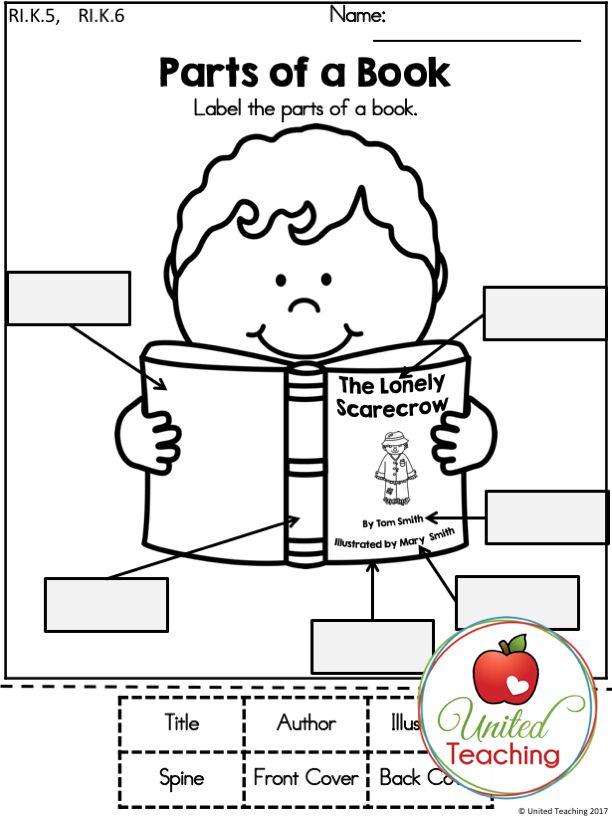
Participation in the collection of authors from the specialized departments of the National Library of Russia allows a deeper and more comprehensive presentation of the history of publishing in Russia in the late 19th - early 20th centuries. Until recently, the topic of the article by N. F. Firsova remained outside the attention of book historians, namely, copyright, economic and legal issues of the development of domestic musical notation at the end of the 19th century. as part of the publishing industry and their discussion at the First Congress of Russian Figures on Printing (1895). The article was written on the basis of the Congress documents published at the end of the 19th century and contains an analysis of these materials. Based on archival documents and a deep knowledge of the cartographic funds of the National Library of Russia, S.V. engraver and map publisher A. D. Savinkov.
DA Badalyan's attention is focused on the history of censorship and the publication of Konstantin Aksakov's article "A Few Thoughts on the Relationship between Evil and Good", published in 1863 in the newspaper Den.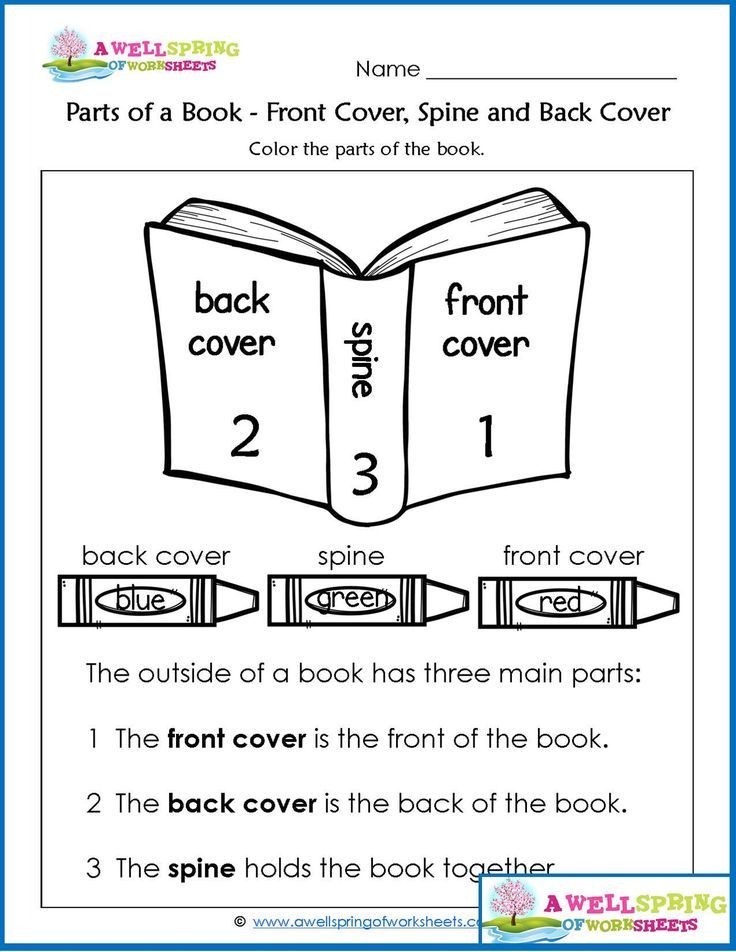 After that, it was never published and was not included in any of the collected works of the author. The article by the Nizhny Novgorod researcher M.V. Medovarov continues to acquaint the journalist A.F. Filippov with the publishing projects - his participation in the editing of the Russkoye Obozreniye magazine in 1898-1904.
After that, it was never published and was not included in any of the collected works of the author. The article by the Nizhny Novgorod researcher M.V. Medovarov continues to acquaint the journalist A.F. Filippov with the publishing projects - his participation in the editing of the Russkoye Obozreniye magazine in 1898-1904.
A new source for covering the book trade of St. Petersburg bookseller-second-hand book dealer A. K. Gomulin - his autobiography, stored in the Department of Manuscripts of the National Library of Russia - is used in the article by N. V. Zhidenko. The archival document allowed the researcher to reconstruct the events of Gomulin's life, the circumstances of opening her own business, to clarify the location of the store, and to present an analysis of the book publishing and bookselling assortment.
The pages of the collection traditionally present the history of libraries, state book depositories and personal collections, as well as the fate of individual collections and copies.
The history of the acquisition by the Imperial Academy of Sciences of the book collection of A. F. Onegin-Otto and its receipt in the library of the Pushkin House is described by N. S. Belyaev. The article by R. U. Elizarova, a researcher from Kazan, is devoted to the activities of the Committee for the Management of the Kazan City Public Library in 1905-1915.
A number of materials in the collection are based on a study of the collections of the Library of the Russian Academy of Sciences: D. Drakulich-Priyma and MV Kolmakova traced the history of the entry into the academic collection of books by the Serbian scientist VS Karadzic. Yu. A. Dolgikh analyzes the content and design of six handwritten liturgical collections dated to the second half of the 19th century from the Yudinsky collection of the Manuscript Department of the Library of the Russian Academy of Sciences.
O. N. Ilyina traced the history of Natalya Borisovna Dolgoruky's copy from the library of G.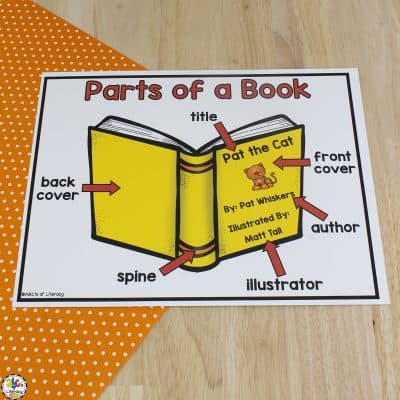 N. Gennadi, kept in the Russian Book Fund of the National Library of Russia. For the first time in the article, the autographs of D. I. Dolgoruky and L. N. Maikov, available on this copy, are reproduced. O. V. Selivanova, on the basis of inventories - documents for storing books, established the sources for the formation of the fund of the Library of Children's Literature of the Russian State Pedagogical University. A. I. Herzen. S. E. Voloskova, on the basis of the books with dedicatory inscriptions she identified in the funds of the Fundamental Library of the same educational institution, considered individual copies - gifts from students to teachers as evidence of the continuity of scientific ties.
N. Gennadi, kept in the Russian Book Fund of the National Library of Russia. For the first time in the article, the autographs of D. I. Dolgoruky and L. N. Maikov, available on this copy, are reproduced. O. V. Selivanova, on the basis of inventories - documents for storing books, established the sources for the formation of the fund of the Library of Children's Literature of the Russian State Pedagogical University. A. I. Herzen. S. E. Voloskova, on the basis of the books with dedicatory inscriptions she identified in the funds of the Fundamental Library of the same educational institution, considered individual copies - gifts from students to teachers as evidence of the continuity of scientific ties.
The issue ends with an informational note on the materials prepared by the staff of the Bibliology sector and posted on the website of the National Library of Russia; a list of the contents of 20 issues of the collection “Book Publishing in Russia in the 19th — early 20th centuries” and a review of the materials of the XXI Pavlenkov Readings, held in October 2019
and materials), became employees of other St.